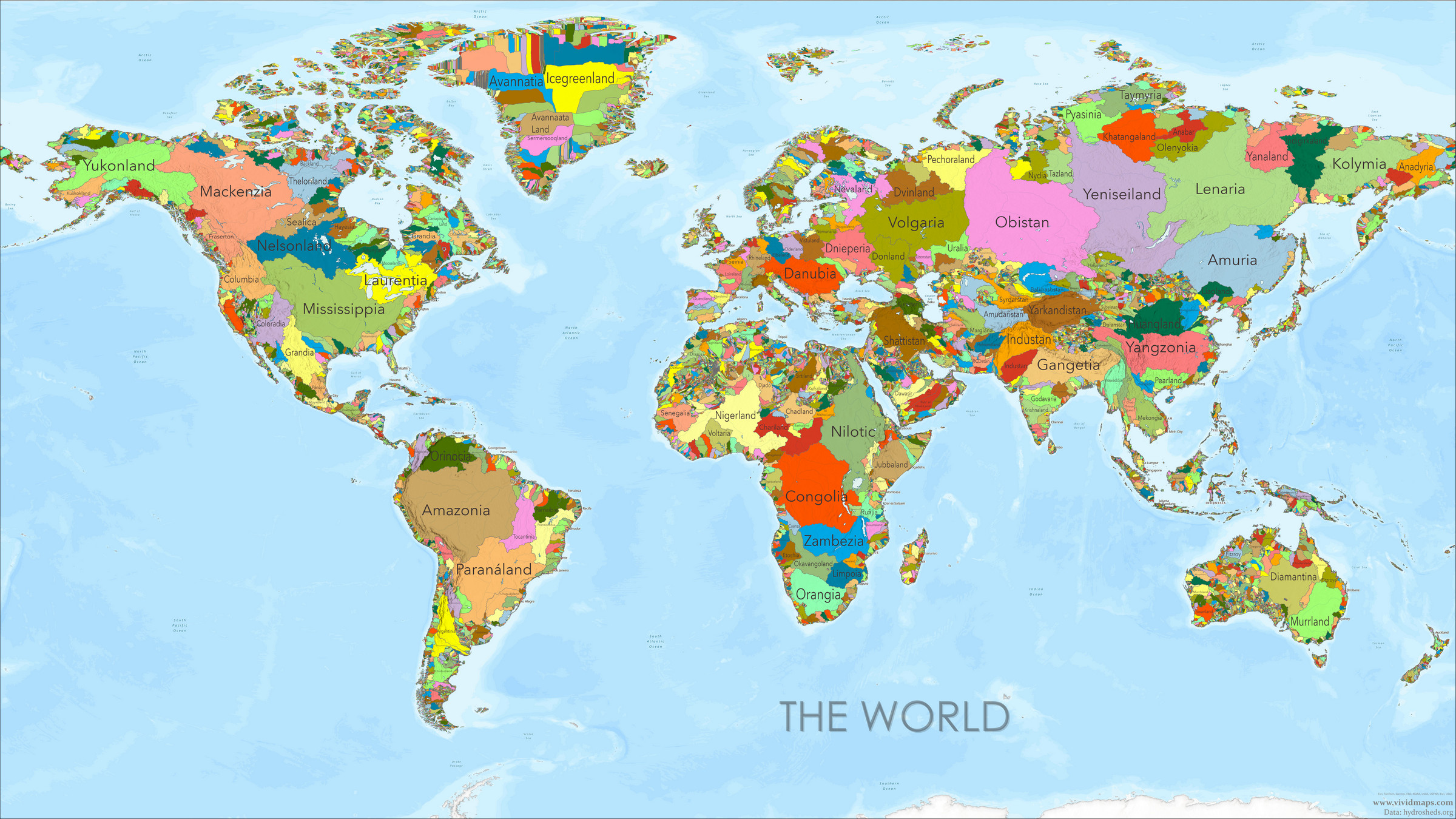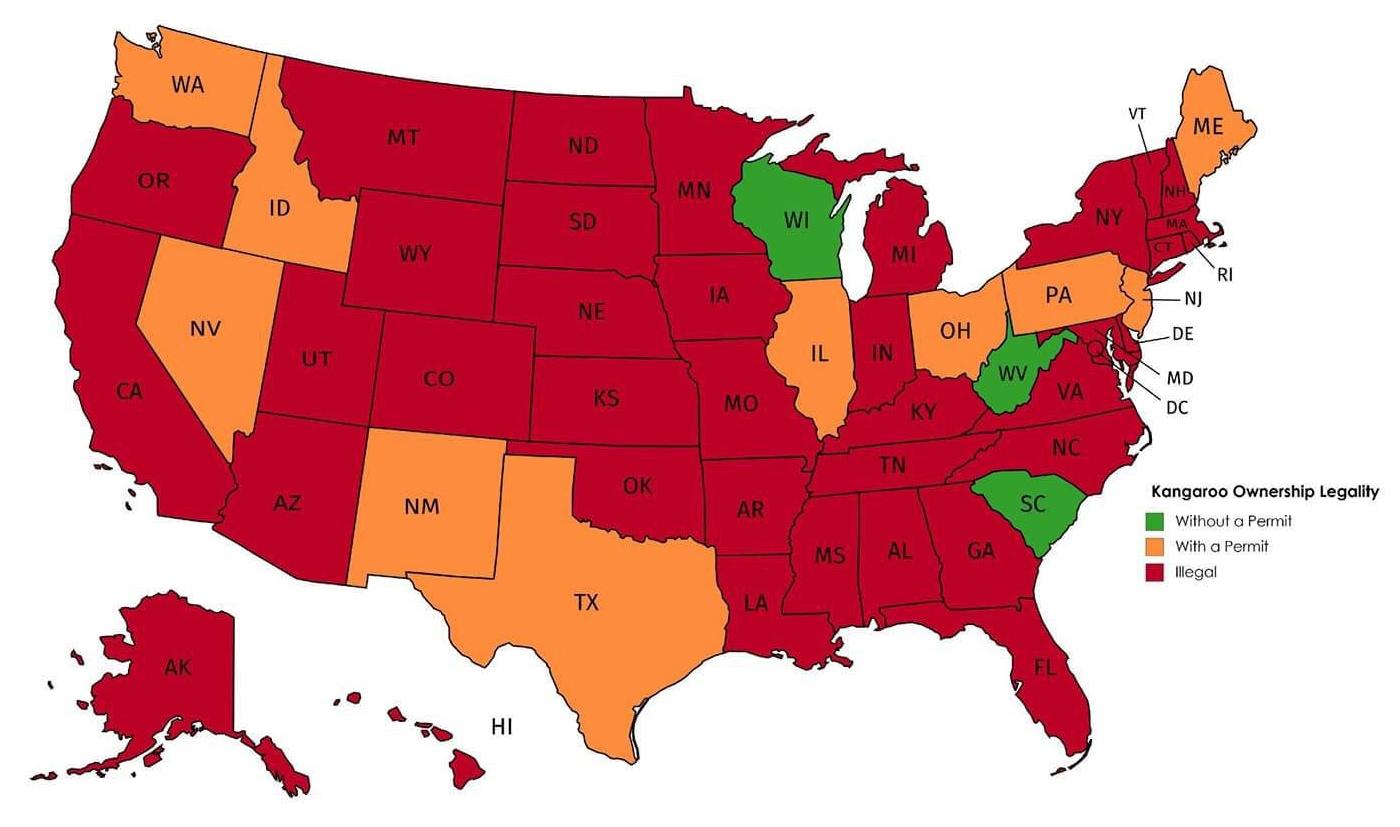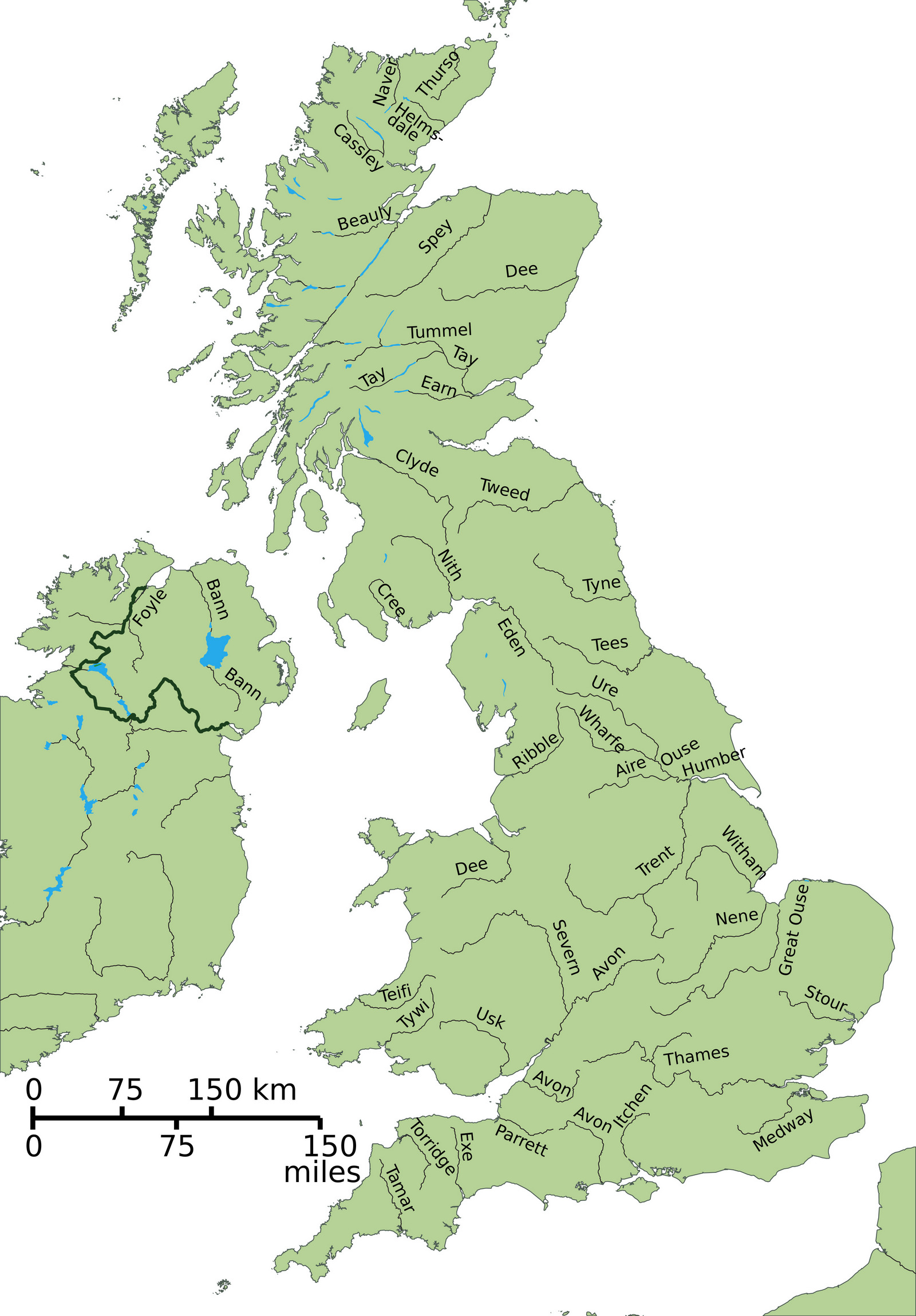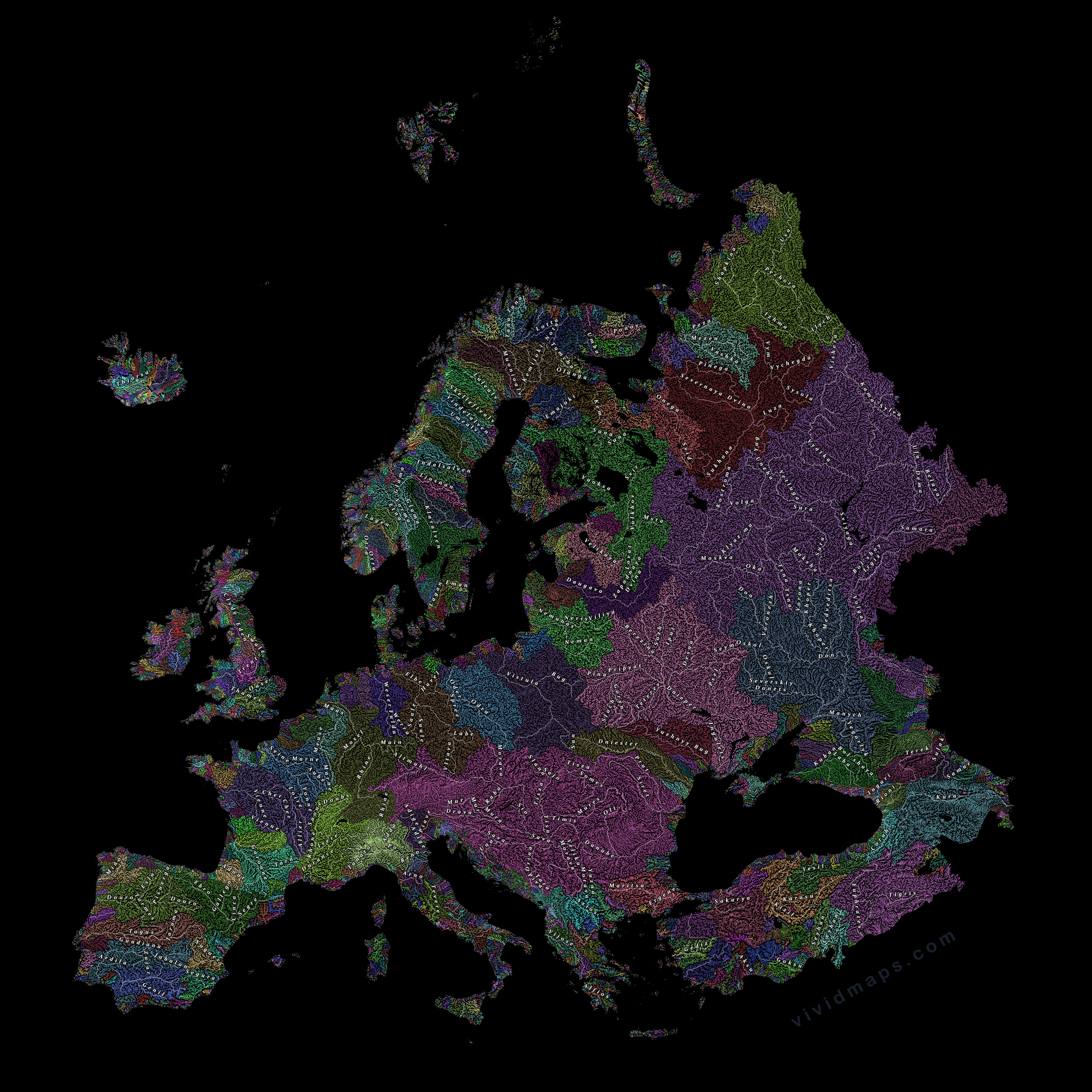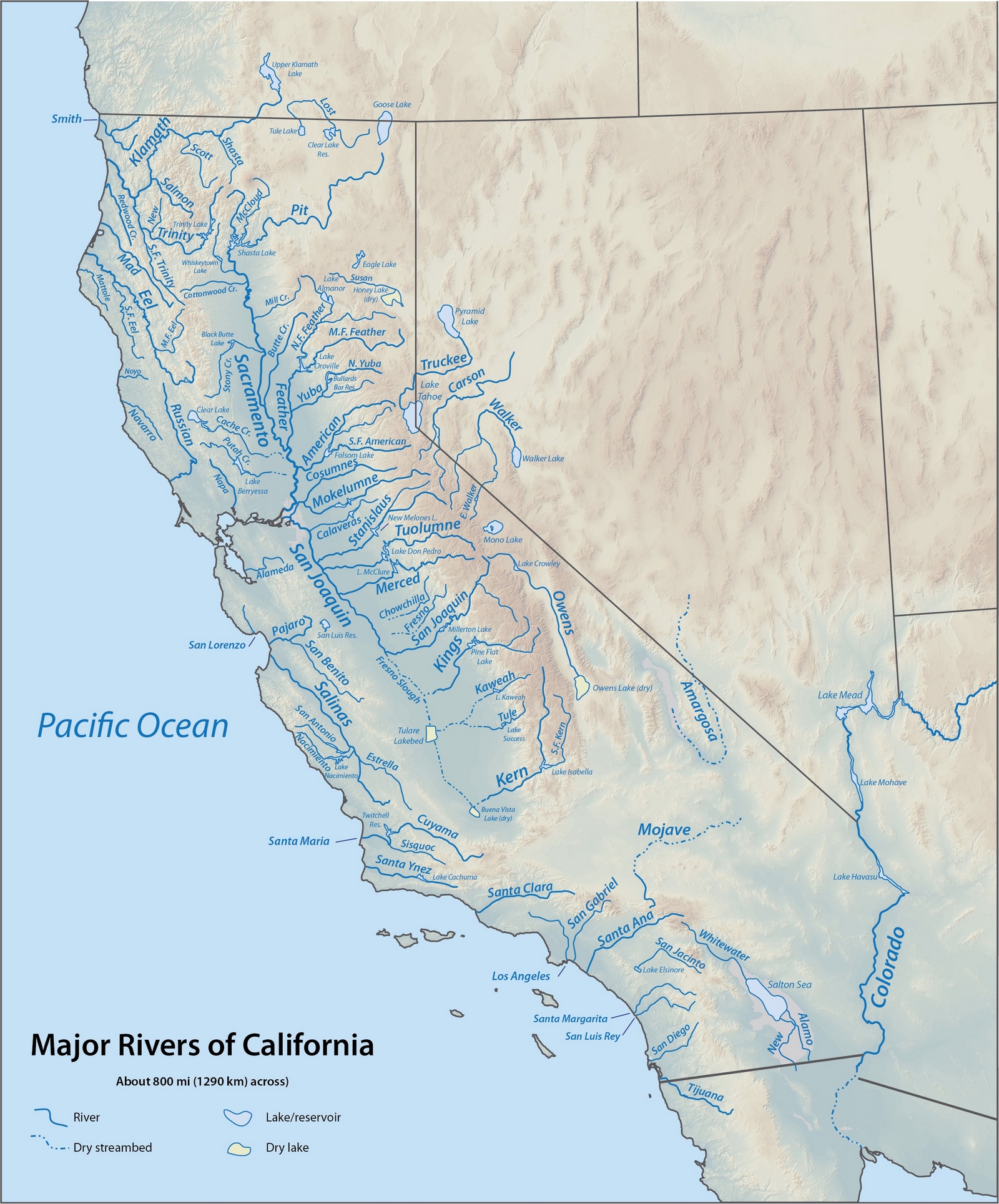How was the border between Europe and Asia defined?
The border between Europe and Asia is exceptional among continental boundaries because there is no significant physical distinction between the two continents except rivers and mountains east and north of the Black Sea. This boundary has been altered many times throughout history.
The boundary between Europe and Asia is simply a historical and cultural construct.
Nowadays, the border between Europe and Asia is usually drawn to follow the Aegean Sea, the Sea of Marmara–Bosporus, the Black Sea, the Caspian Sea, the Greater Caucasus, and the Ural River and Mountains.
The boundary between Europe and Asia in previous historical eras
The cause of the split of the European and Asan continents is historical and goes back to the early Greek geographers.
A pre-Socratic Greek philosopher, Anaximander, set the boundary between Europe and Asia along the Rioni River in the Caucasus Mountains, through the Surami Pass, and along the Kura River to the Caspian Sea. When the geographical observation of the Greeks expanded, the boundary between continents was changed and was now considered along the modern Don River.
Throughout the Middle Ages until the 18th century, the border between Europe and Asia drawn by the ancient Greeks did not change.
Philip Johan von Strahlenberg, in 1725, redrew the border line along the drainage divide between the Volga and Ural rivers and then north along the Ural Mountains. But the geographers persisted in differing on the border between the lower Don and Volga well into the 19th century.
In the Russian Empire and later in the Soviet Union, the boundary along with the Kuma–Manych Depression was the most typically used as early as 1906. In 1958, the Soviet Geographical Society formally proposed that the boundary between Europa and Asia be delineated from Baydaratskaya Bay of the Kara Sea, along the eastern foothill of the Ural Mountains, then following the Ural River until the Mugodzhar Hills, and then the Emba River, and Kuma–Manych Depression, putting the Caucasus mountains ultimately in Asia and the Urals entirely in Europe. However, most mapmakers in the USSR preferred the boundary along the Caucasus ridge. It becomes a traditional rule of splitting the landmass of Eurasia into Europe and Asia in the latter 20th century.
The contemporary border between Asia and Europe is a historical, cultural, and political construct, so its definition varies. One typically assumed border follows the Aegean Sea, the Dardanelles–Sea of Marmara–Bosporus, the Black Sea, along the watershed of the Greater Caucasus, the northwestern part of the Caspian Sea, the Ural River, and the Ural Mountains to the Kara Sea, as mapped in most atlases beginning from the atlases of the late Soviet Union to the modern atlases of the National Geographic Society. According to this explanation, Georgia is a transcontinental nation situated mainly in Western Asia. Because of historical, cultural, religious, and political reasons, we regard the country as a European nation. Azerbaijan is another transcontinental nation situated primarily in the Asian part of the Caucasus.
However, the international geographic community has never reached a 100% consensus on continental boundaries, particularly concerning the Caucasian isthmus between the Black and Caspian seas.
On the map below the red line is the “Strahlenberg” border (named after Swedish geographer Philip Johan Von Strahlenberg), a definition commonly taught in USSR and used by the International Geographical Union.
A: Ural Mountains – Emba River and Kuma Manych Depression (at Rivers Kuma, Manych, and lower Don)
Orange lines – other variants of the border:
B: Ural Mountains and Ural River
C: Yugorsky Strait Cape – Pay Khoy Mountains – Ural Mountains -Ural River
D: Ural Mountains – Kazakhstan Border
E: Northern foothills of the Great Caucasus
F: Lines on the Great Caucasus watershed
G: Southern foothills of the Great Caucasus
H: Meso-Caucasus at Rioni and Kura rivers
I: Lines on the Lesser Caucasus and Rivers Araks and Kura
J: Former border between USSR and Turkey

The red line “A” was mainly acknowledged in Russia and Kazakhstan during the USSR. The widely recognized modern definition predominantly fits with the lines “B” and “F” on the map above.
How do political and cultural reasons influence the definition of the border between Europe and Asia?
Politically, borders between Europe and Asia have, in some places, been arbitrarily determined without corresponding to geographical boundaries. This may seem an anachronistic undertaking in the 21st century when it’s widely understood that Europe and Asia have no natural, geographical meaning, and the idea of a strict divide between Europe and Asia is arbitrary.
Whether or not the newly independent post-Soviet Caucasian nations (Georgia, Armenia, and Azerbaijan) are in Europe or Asia is subject to dispute based on opinion. These three nations are located south of the Caucasus, so they’d be “mostly Asian.” However, Georgia and Armenia are traditionally Christian nations, so they tend to be culturally more European. On the other side, Azerbaijan is likely more Asia because of its shared roots with Turkey and the Central Asian Turkic nations. But all this is, however, debatable.



